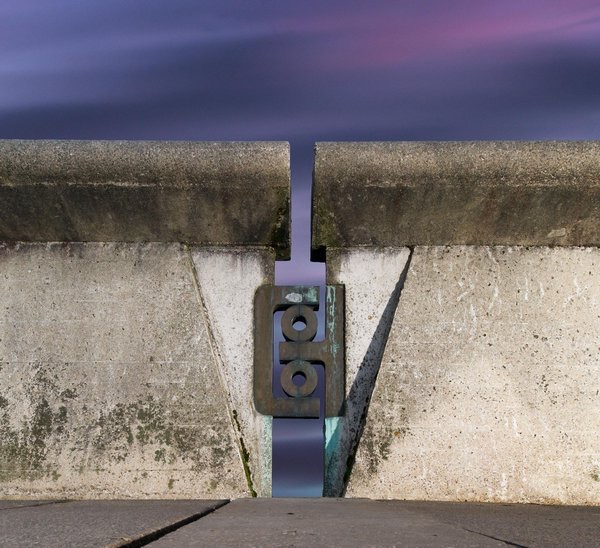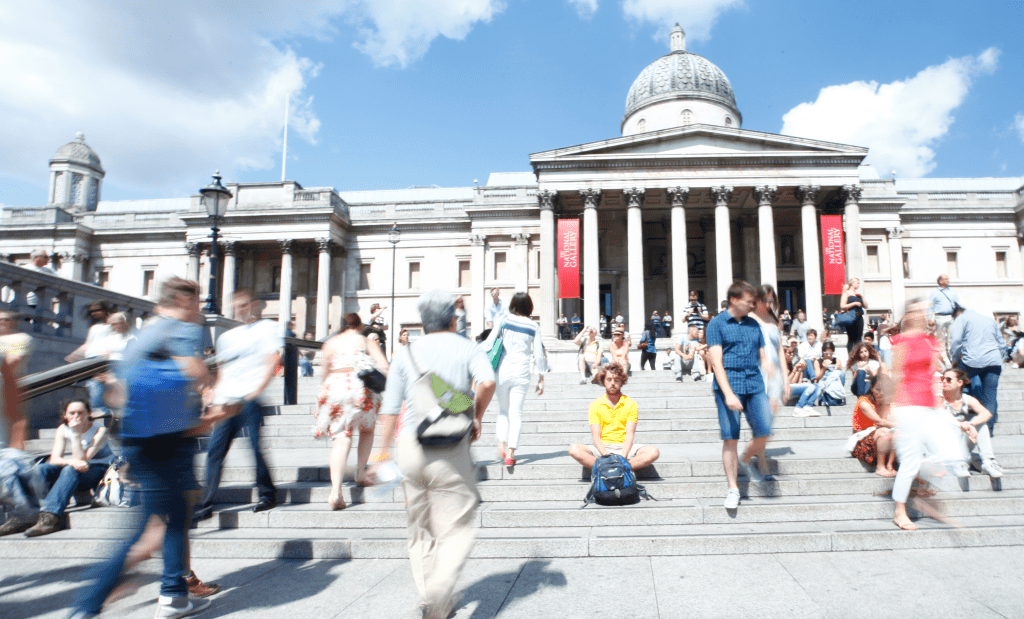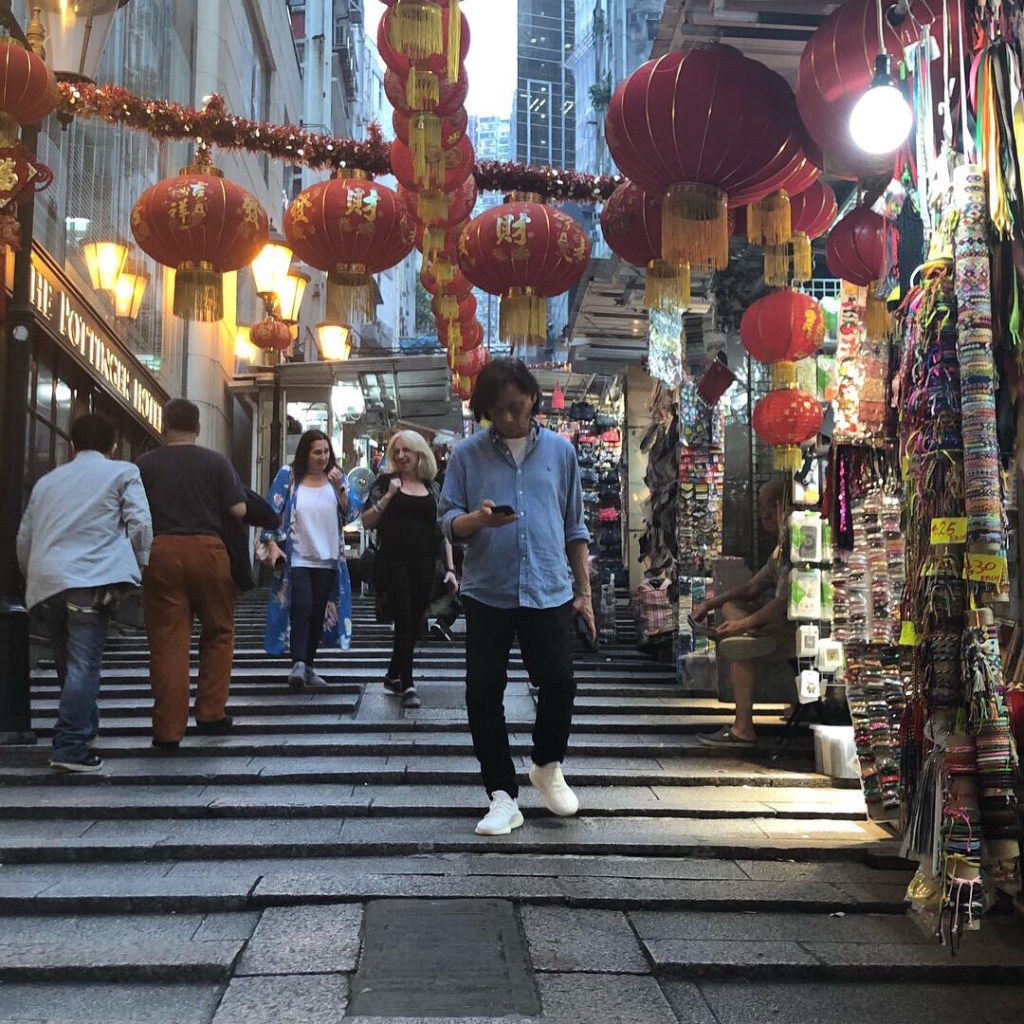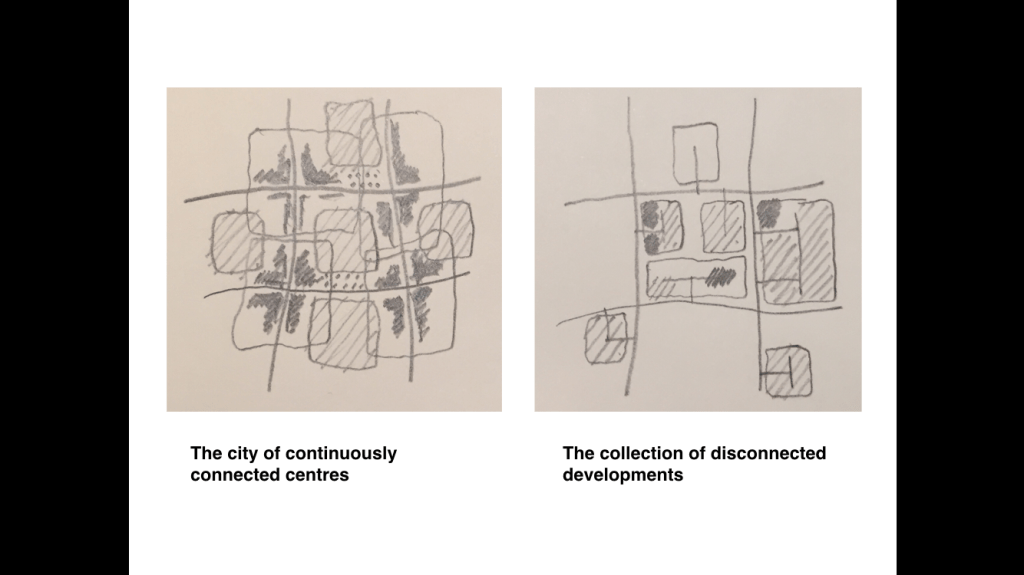Category: Digital Urbanism
-

Transport & housing: tools, standards, principles
Notes for presentation at Transport & Housing conference: https://www.transportxtra.com/tx-events/?id=2400 To understand where we are & where we need to go, we first need to understand where we come from. And where we come from is a relationship with the car that has fragmented cities & damaged lives. Transport & housing Big problems: – obesity –…
-

Cities from scratch – Astana Economic Forum
Good afternoon. I’m delighted to be a member of this panel today. Let me start by describing my organisation’s approach to the creation of cities from scratch. Space Syntax is an international urban planning and design studio and has been involved in plans for new cities and new city extensions throughout the world, including here…
-
Intelligent mobility: risks & rewards
第一页 技术就是答案 Slide 1 Technology is the answer 1966年,塞德里克·普莱斯说,我喜欢一开始就对新技术进行一点质疑。当然,“技术就是答案”。他也强调:“不过问题是什么?”。 I’d like to begin with a little scepticism about new technology. Of course “Technology is the answer“, said Cedric Price in 1966. He also said, “But what is the question?” 这些问题就是我们试图去获得无人驾驶技术。 What are the questions that we are trying to answer in the pursuit of autonomous…
-
Notes from first ULI UK Tech Forum
1. We need to have a clear definition of technology. Physical as well as digital technology. Users and uses as well as creators and providers. Pre-construction, construction, post-construction. 2. Because we’ve always had technology: a. Writing (wooden stylus & wax tablet) movement b. Air conditioning – occupancy c. Underfloor heating – occupancy d. The shower…
-

How cities connect people across space & time
The subject of “connectivity” is much mentioned in urban planning practice, not least by the Space Syntax community. But what do we mean by connectivity? 1. Urban practice should connect across different scales of activity: Urban Planning (macro scale) Urban Design (meso scale) Building Design (micro scale) ie 3 scales of space. 2. Urban practice…
-

Past, present & future_Space Syntax in practice
[Speaking notes for Tim Stonor’s opening presentation at the First Conference on Space Syntax in China, Beijing, 5th December 2015.] Good morning. It is an honour to be speaking at this important conference alongside so many distinguished speakers and attendees. My talk today will cover the past, present and future of Space Syntax Limited’s experience…
-
Connected Cities Conference
Notes for the Connected Cities Conference, London, 15th September 2015. How long has Space Syntax been going? Space Syntax was established as a consulting company in 1989. Why did you set it up? Space Syntax was set up to exploit academic research at University College London: computer-based methods of analysing space in buildings and cities and…
-
Open data needs open attitudes
Tim Stonor speaks at the Building Research Establishment about his experience using data in the planning and design of buildings and urban settlements.
-

Technology by necessity
Notes for today’s talk at the NLA’s conference on “How do we build a smarter London” The London context: – more people (growing population) – more data (sensors everywhere) – more sophisticated computing. Strategic problem: how to handle it all. Space Syntax’s experience: address the problem via “the questions of reality”. The commercial application of Space Syntax…
-
Moving cities: from transport to transaction
“If the scope of urban policy makers can be widened from a fixation on transport to an appreciation of value-rich urban outcomes, built on the benefits of effective human transaction, then future cities are more likely to be places that meet the expectations of future citizens.” Cities are ultimately vessels for the concentrated production and…
-
Integrated Urbanism – Massachusetts & the United Kingdom Partnership Forum
Introduction Good afternoon Governor Patrick, visiting delegates and colleagues from the UK. As a recent resident of Massachusetts myself, it is a special pleasure to speak alongside the Governor on the subject of data and cities: and to share some remarks on the common interest in this room: the science of cities. A few words…
-
RIBA thinkpiece launched: “A SMART approach to digital planning & design”
The RIBA today launched a set of think-pieces on Digital planning: ideas to make it happen.
-
Digital urbanism – a sketch of a structure
Digital Urbanism has two key components: 1. Computing That organisations and individuals are involved in the creation, collection, visualisation and analysis of data, leading to the creation, through computing, of modelling tools and predictive analytics. This kind of activity is now central to the operations of public and private organisations. It is no longer peripheral.…
-
Move, interact, transact – the human dimension of Smart Cities
http://youtu.be/U63hMTIQW8I Speaking at the invitation of the organisers of the British Business Summit, Istanbul, Turkey.
-
Space Syntax: the push of intent, the pull of need and the resistance of the “pre-digital”
I was asked an interesting question yesterday about the barriers to growth and acceptance of Space Syntax and Integrated Urban Models. I believe there are three important components to the answer. First, the growth of Space Syntax Limited‘s business was robust for 19 years, following its startup as a UCL spinoff company in 1989 – until…


